9 Ways to Eat Clean

Pick Whole Foods
The basic idea of clean eating is to choose foods that are as close to their natural form as possible. So instead of boxed, bagged, or packaged foods, choose fresh, whole ones. Think whole turkey instead of frozen turkey meatballs or raw grapes instead of gummy snacks made with fruit juice. Bonus: When you avoid highly processed foods, like chips, cookies, and ready-to-eat meals, you skip their loads of calories, sugar, salt, and saturated fat.

Eat More Whole Grains
Refined carbs, like white bread, pasta, and rice, lose nutrients during the manufacturing process. Trade them for whole wheat bread and pasta and brown or wild rice. Or opt for other whole grains like oatmeal, popcorn, barley, or bulgur. This change can have a big impact: Studies show that a diet high in whole grains can lower your risk of heart disease, type 2 diabetes, and colon cancer.
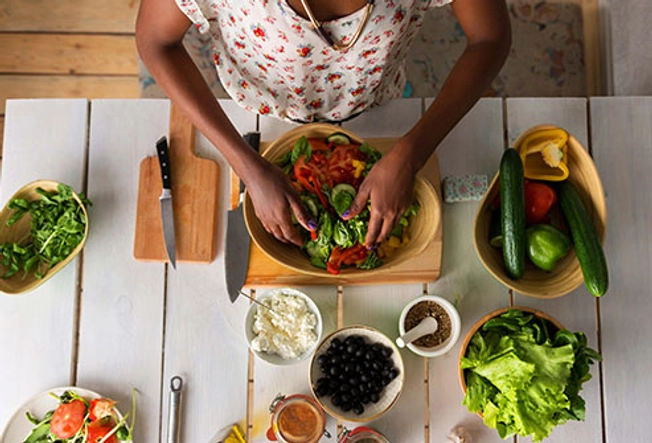
Load Up on Fruits and Veggies
These natural foods are two staples of clean eating. Some clean eaters say all your produce should be fresh. But others say that frozen and canned options are the next best thing, since they have just as many nutrients. Just read the label to make sure you’re not getting extra sugar or salt. Also choose whole fruits instead of juices, which have less fiber and more sugar. Aim to get at least five to nine servings of fruits and vegetables each day, depending on the calories you need and your level of physical activity.

Watch Out for Salt and Added Sugar
Clean foods are naturally low in salt and sugar, and adding them goes against the as-natural-as-possible approach. Since processed foods are a major source of them, you can slash your intake when you avoid them. Otherwise, read food labels to look for added sweeteners and salt, even in foods that seem healthy, like yogurt or tomato sauce. Also keep tabs on how much you add to your foods and drinks. Try flavoring with spices and herbs instead.
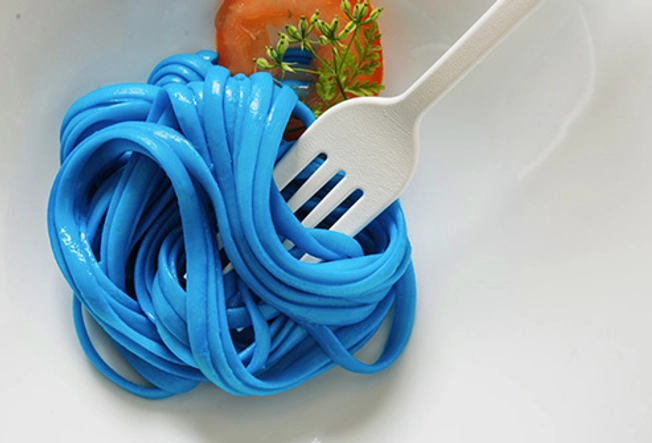
Skip Artificial Ingredients
Artificial colors, sweeteners, preservatives, and other manmade ingredients don’t have a place in a clean-eating diet. At the grocery store, read food labels and avoid items with the fake stuff.
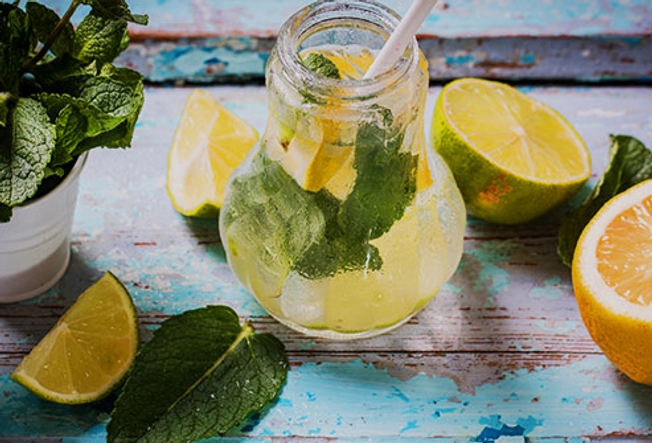
Sip Plenty of Water
Instead of sugar-heavy soft drinks and juices, sip low-calorie beverages, such as water and herbal tea. Water can curb your hunger and help you feel full, but it can also fend off fatigue and give you more energy. Miss flavored drinks? Try infusing your water with a slice of citrus or sprig of mint.
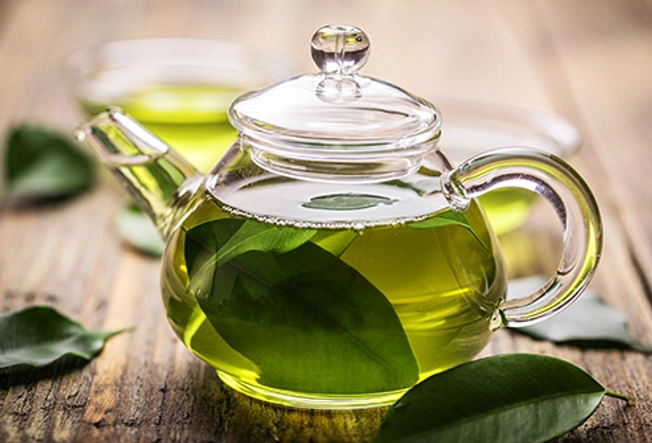
Rethink Alcohol and Caffeine
Some clean eaters cut them out entirely in favor of drinking plenty of water. Others say it’s OK to have them in moderation. Clean eater or not, experts recommend no more than 400 milligrams of caffeine (about three to five 8-ounce cups of coffee) per day, and one serving of alcohol for women and two for men. Also skip the sugary extras: Opt for plain tea or coffee, and avoid sweet mixers for alcohol.
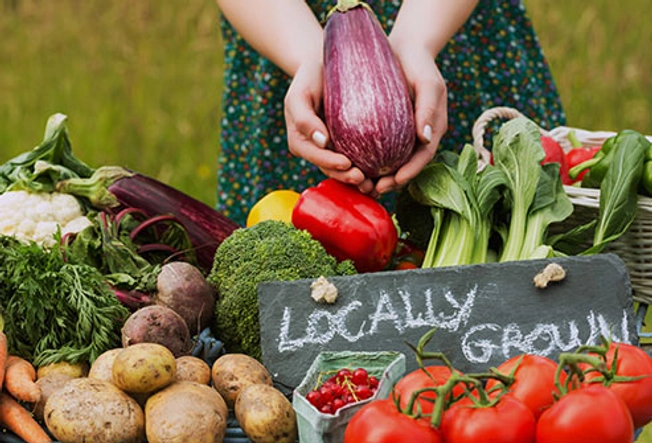
Decide If You’ll Go Organic
Organic farmers use natural pesticides and avoid man-made ones, so some people say organic produce is the best way to eat clean. It’s up to you to decide how important it is to your diet. You can also shop at your local farmers market to find out what kinds of pesticides the vendors use. Another tip: Pesticides usually wind up on the outsides of fruits and veggies, so you can choose non-organic foods with skins you don't eat, like avocados, corn, and onions
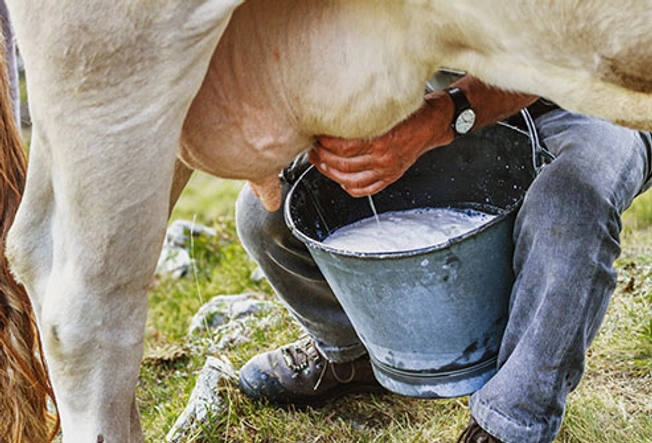
Be Smart About Meat and Dairy
Meat, dairy, and eggs you buy at the store may come from animals that get growth hormones and antibiotics. Clean eaters avoid them and choose organic or opt for local sources that raise animals humanely. A farmer’s market is a good place to learn more about where your meat and dairy come from. Seafood isn’t labeled as organic, so look for items low in mercury and that use sustainable fishing. The cleanest approach to protein? Get most of it from nuts, beans, and legumes.
Show Sources
IMAGES PROVIDED BY:
1) Getty Images
2) Getty Images
3) Getty Images
4) Getty Images
5) Getty Images
6) Getty Images
7) Getty Images
8) Getty Images
9) Getty Images
10) Getty Images
SOURCES:
Marjorie Nolan Cohn, MS, RD, spokeswoman, Academy of Nutrition and Dietetics.
Poti, J. American Journal of Clinical Nutrition, May 2015.
American Heart Association: “Whole Grains and Fiber.”
Harvard T.H. Chan School of Public Health: “Whole Grains.”
Fruit & Veggies More Matters: “Experts Recommend 5-9 Servings of Fruits & Veggies Daily.”
American Heart Association: “About Sodium (Salt);” “By Any Other Name It’s Still Sweetener;” and “Alcohol and Heart Health.”
Choose My Plate: “2015-2020 Dietary Guidelines: Answers to Your Questions.”
Environmental Working Group: “EWG’s 2015 Shopper’s Guide to Pesticides in Produce.”
Monterey Bay Aquarium: “Seafood Recommendations.”
McCann, D. The Lancet, September 2007.
Suez, J. Nature, September 2014.
CDC: “Consumption of Sugar Drinks in the United States 2005-2008.”